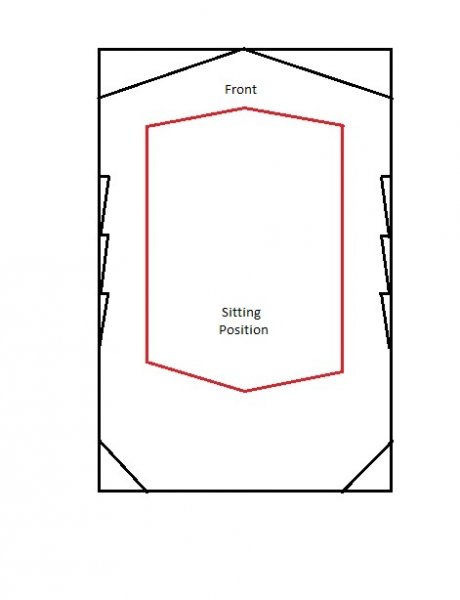Bruce,
One suggestion, When doing this just change one item at a time. By doing that it will make it much easier to see what each change is making. by changing 3 setting and posting a graph we can't see exactly what each control/ move is doing. Also when looking at the bass freq. show the graph 20 - 200hz., no smmothing, and with limits of 105 to 45db. When looking at the higher freq. thats when we add smoothing to eliminate comb filtering.
Looks like the radio shack meter wasn't that far off.
John
One suggestion, When doing this just change one item at a time. By doing that it will make it much easier to see what each change is making. by changing 3 setting and posting a graph we can't see exactly what each control/ move is doing. Also when looking at the bass freq. show the graph 20 - 200hz., no smmothing, and with limits of 105 to 45db. When looking at the higher freq. thats when we add smoothing to eliminate comb filtering.
Looks like the radio shack meter wasn't that far off.
John


